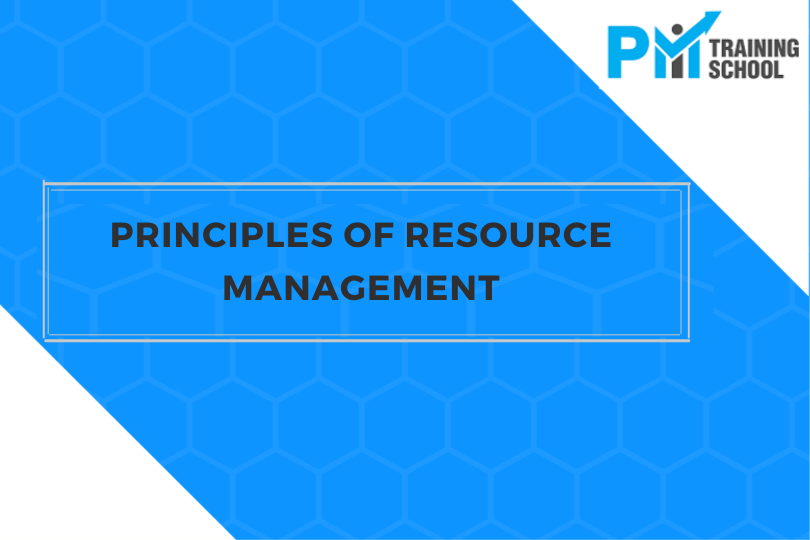Table of Contents
What is Resource Management?
Resource management is the process of pre-planning, scheduling, and allocating your resources to maximize efficiency. A resource is anything that is needed to execute a task or project — this can be the skill sets of employees or the adoption of software.
There are, therefore, many types of resource management, depending on the type of project you’re working on. For example, if you’re planning an event, a few resources include scheduling out staff for the event, planning what vendors to use for promotional materials, investing software that allows attendees to register, and budgeting for everything from giveaways to catering.
Elements of Resource Management
- Resource Plan
Every project plan should have a resource plan as its component. The resource plan should contain all aspects of your project from beginning to end that pertain to resources required.
- Resource Breakdown Structure
Here, you will break down the resources required to complete the project in a hierarchy – as you would in a work breakdown structure or an organizational breakdown structure.
- Responsibility Assignment Matrix
This is where the resource or organizational breakdown structure meets up with the work breakdown structure to assign responsibilities to the various branches in the hierarchy.
- Resource Overallocation
Overallocation of a resource is when a resource has been assigned more work than can be completed during normal work hours. Resource allocation often leads to overtime and overspending on financial resources.
- Resource Histogram
This graphic representation can indicate project managers whether there are any resources being overallocated.
- Resource Dependency
If two tasks require the same resource to complete them, then these tasks are resource dependent. If a task can only be completed by one resource, it is resource dependent. A resource dependent task has constraints linking it to a particular resource.
- Resource Leveling
Leveling resources involves redistributing an imbalance of allocated work. It assists project team members by keeping them from becoming overwhelmed, working overtime, or running into project burnout.
Importance of Resource Management
Resource management as part of project management is all about doing more with less. Nobody likes waste, especially in business. Resource management is centered around optimization and efficiency. When you know what you need to make a project successful, you can effectively understand how to plan resources in an efficient way.
To some companies, optimum efficiency is so important that they hire someone solely devoted to resource management; also known as a resource manager. What does a resource manager do? While project managers are responsible for creating and assigning tasks to get the project done, resource managers are accountable for allocating the resources needed to make the project a success.
For instance, if we have a construction project that has a deadline for completion, we will look at how to effectively use the resources available to complete the project on time. Some of the resources in a construction project are mentioned below.

Advantages of Resource Management
- Resource Allocation
Resource allocation helps you get the most from your available resources. Based on team members’ skills and capacity, resource allocation is the process of tackling projects using the resources you have at your disposal in the most efficient manner possible.
To get a clear view into allocation, project managers will often use resource allocation reports. These can give anywhere from a high-level view to a detailed run down of resource availability — helping you avoid schedule delays and going over budget. The better the reporting capabilities at your disposal, the more transparency and efficiency you will have over your projects
- Resource Levelling
What is resource leveling on a project and what are its objectives? This technique aims to discover underused or inefficiently used resources within the organization and work them to your advantage. An example of resource leveling is having a content writer who has experience in graphic design help out the design team by taking on small content tasks that require design work. If a team member can flex their design skills, the design team won’t need to hire a freelancer if they suddenly get flooded with design requests.
- Resource Forecasting
Having a resource management plan is critical to optimizing people, materials, and budget efficiency. Resource forecasting allows you to predict your future resource requirements before a project begins. During the planning stages of a project, you could consider resource management software that forecasts the project’s scope, possible constraints, unforeseen costs, and potential risks.
To make these predictions, project managers must be extremely familiar with the project lifecycle and objectives and have an overview of available resources within the organization. Project management software provides this level of visibility, as well as easy access to your projects and resources all in one place.
Conclusion
Resource management is heavily linked to your scheduling and management of your project management schedule. These are different but complementary disciplines, and the more holistically you approach managing your resources, the more you’ll be able to act in a timely manner to keep your project moving towards success, on time, and within budget.


Recent Comments